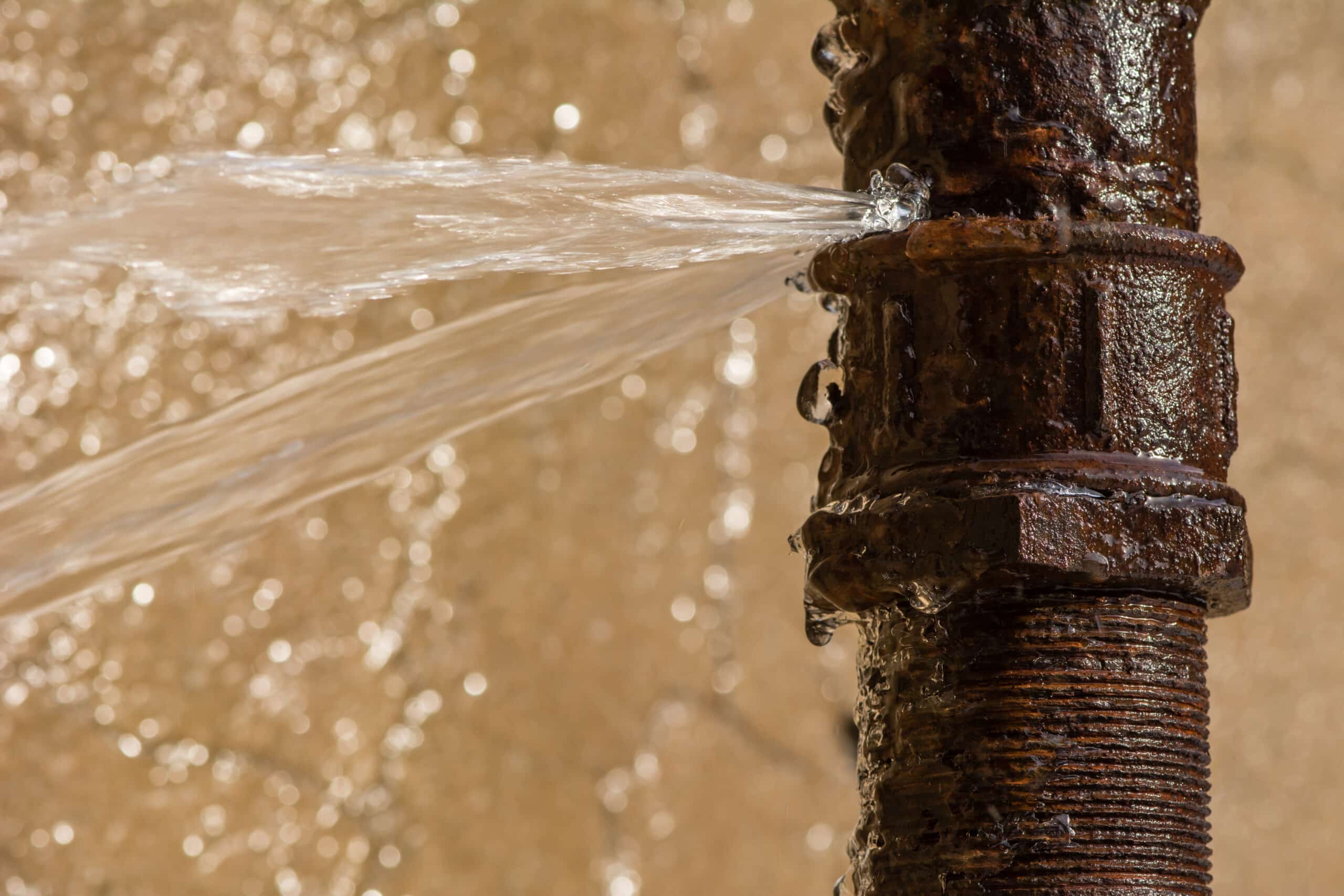
A church facility is not just a place of worship; it’s a hub of community, spirituality, and fellowship. However, like any other building, it requires regular maintenance to ensure its longevity and safety. Deferred maintenance, which refers to the delay of necessary repairs and upkeep, can lead to significant issues down the line.

Unfortunately, deferred maintenance tends to have a snowball effect. While the delay is usually caused by insufficient resources, the problems associated with deferred maintenance only grow in cost and severity. In this blog, we will explore effective strategies to manage deferred maintenance issues in your church facility, enabling you to maintain a welcoming and safe environment for your congregation.
- Assess the Maintenance Needs: Begin by conducting a comprehensive assessment of your church facility. Walk through each area and identify any existing or potential maintenance issues. Create a detailed list of repairs, upgrades, and replacements required, categorizing them based on urgency and importance. This evaluation will help you prioritize your maintenance efforts effectively.
- Prioritize Maintenance Projects: With limited resources, it’s essential to prioritize maintenance projects based on urgency, safety concerns, and potential impact. Address critical issues first, such as structural integrity, electrical problems, plumbing leaks, and safety hazards. Gradually work your way through the list, tackling projects based on available resources and feasibility.
- Establish a Maintenance Budget: Once you have identified the maintenance needs, it’s crucial to establish a realistic maintenance budget. Allocate funds specifically for repairs, preventive maintenance, and future improvements. Consider involving the church leadership, finance committee, and congregation in the budget planning process to gain support and transparency.
- Prioritize Maintenance Projects: With limited resources, it’s essential to prioritize maintenance projects based on urgency, safety concerns, and potential impact. Address critical issues first, such as structural integrity, electrical problems, plumbing leaks, and safety hazards. Gradually work your way through the list, tackling projects based on available resources and feasibility.
- Develop a Preventive Maintenance Plan: Preventive maintenance is key to preventing larger issues and reducing the likelihood of deferred maintenance in the future. Create a comprehensive preventive maintenance plan that outlines routine tasks, such as HVAC system inspections, roof inspections, pest control, and landscaping. Regularly scheduled maintenance helps identify potential problems early on and can save considerable costs in the long run.

- Seek Professional Expertise: Certain maintenance tasks may require the expertise of professionals. Engage qualified contractors, engineers, and maintenance personnel for specialized repairs and inspections. Their experience and knowledge can ensure that maintenance tasks are performed effectively and efficiently.
- Engage the Congregation and Volunteers: Creating a culture of stewardship among your congregation is essential for managing deferred maintenance issues. Educate and involve your members in the importance of regular upkeep and encourage them to report maintenance concerns promptly. Additionally, consider organizing volunteer days where the congregation can participate in minor repairs, painting, cleaning, and landscaping, fostering a sense of ownership and community involvement.
- Explore Funding Opportunities: Managing deferred maintenance can be financially challenging, especially for smaller churches. Explore potential funding opportunities within your community, such as grants, fundraising events, partnerships, or sponsorship programs. Additionally, communicate the specific needs of your church facility to your congregation and encourage donations earmarked for maintenance purposes.
- Maintain Proper Documentation: Maintain a detailed record of all maintenance activities, including repairs, inspections, and expenditures. This documentation helps track the progress of maintenance projects, aids in budget planning, and assists with historical reference. It also ensures that future leaders and committees have access to crucial information.
- Regularly Review and Adjust: Maintaining a church facility is an ongoing process. Periodically review and adjust your maintenance plan based on changing needs, technological advancements, and the overall condition of your facility. Regularly seeking feedback from the congregation can also provide insights into areas that require attention.
Effectively managing deferred maintenance issues in your church facility is crucial for providing a safe, functional, and welcoming environment for your congregation. By assessing needs, budgeting, prioritizing, implementing preventive maintenance, engaging professionals and volunteers, exploring funding opportunities, and maintaining documentation, you can proactively address maintenance concerns and ensure the long-term sustainability of your church facility.



